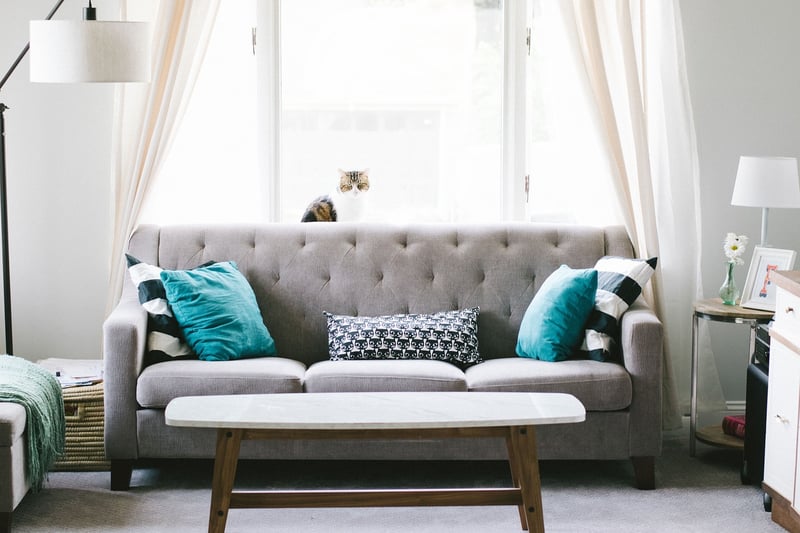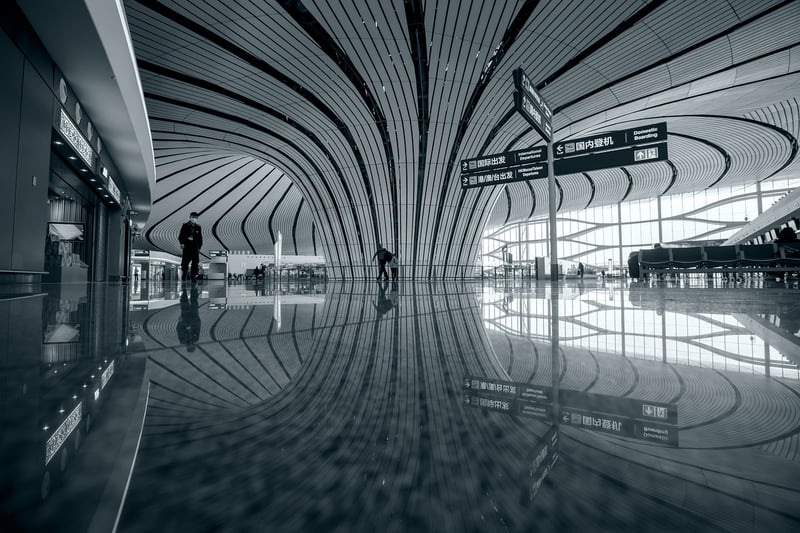Functional design
Revamping Living Spaces Sustainably with Functional Design
In a world where sustainability is increasingly becoming a crucial consideration, revamping living spaces with a focus on functional design has gained popularity. By combining eco-conscious choices with practicality, you can create a space that not only looks good but also contributes to a greener planet.
The Benefits of Sustainable Design
Sustainable design in living spaces offers a multitude of benefits, including:
- Reduced environmental impact
- Healthier indoor air quality
- Cost savings in the long run
- Support for ethical and eco-friendly practices
Key Elements of Functional Design
Functional design focuses on maximizing usability and efficiency in a space. Some key elements to consider include:
- Multi-functional furniture
- Optimal space utilization
- Effective storage solutions
- Natural lighting and ventilation
Integrating Sustainability into Functional Design
When revamping your living space, consider the following sustainable design practices:
- Choose eco-friendly materials such as reclaimed wood or bamboo
- Opt for energy-efficient lighting and appliances
- Incorporate indoor plants for improved air quality
- Upcycle old furniture or decor items
- Use water-saving fixtures in kitchens and bathrooms
Examples of Sustainable Living Spaces
Check out these inspiring sustainable living spaces for ideas and inspiration:
Embracing Sustainable Functional Design
By embracing sustainable and functional design principles in your living space, you can create a harmonious environment that benefits both you and the planet. Let your creativity and eco-conscious choices guide you towards a greener and more efficient home!


